Columbia Green Square Mile
Did you plant a tree in greater Columbia, SC?
Add it to the Green Square Mile!
Join us in our mission to plant one square mile of shade in our community. Help us beat urban heat by planting trees!
2022 Grow Some Shade Tree Giveaway




TD Bank Tree Planting Event





Why Urban Canopy?
Climate Change
“Studies have even proven that one mature tree can produce the same cooling effect as 10 room-sized air conditioners. This becomes an effective tool in reducing urban heat islands and hot spots in cities. Trees can also save up to 10% of local energy consumption through their moderation of the local climate.” — Why We Need Trees in Our Cities, SmartCitiesDive
“Trees act as a carbon sink by removing the carbon from CO2 and storing it as cellulose in the trunk while releasing the oxygen back into the air. A healthy tree stores about 13 pounds of carbon annually - or 2.6 tons per acre each year.” — Urban and Community Forestry: Improving Our Quality of Life, South Carolina Forestry Commission
Health Benefits
“Among community-dwelling adults, self-reported feelings of depression and worthlessness were significantly decreased and self-reported poor mental health was non-significantly reduced for those living near greened vacant lots compared with control lots.”
Effect of Greening Vacant Land on Mental Health of Community-Dwelling Adults, Eugenia C. South, MD, MS; Bernadette C. Hohl, PhD; Michelle C. Kondo, PhD; John M. MacDonald, PhD; Charles C. Branas, PhD, July 2018
“…only two hours of being within nature can lead to a host of benefits like reducing blood pressure, lowering blood sugar levels, improving memory and boosting the immune system. Average sleep increased 15 percent, white blood cells responsible for fighting cancer shot up and the stress hormone cortisol dropped.”
The Doctor Prescribing a Walk in the Woods, OZY, 2019
Environmental Justice
“Low-income neighborhoods tend to be hotter than their wealthier counterparts. That was the finding of an investigation NPR did last fall with the University of Maryland's Howard Center for Investigative Journalism. Those hotter neighborhoods are not only poorer, they are also disproportionately communities of color. Now new research suggests that pattern was locked in nearly a century ago.”
— Racist Housing Practices From The 1930s Linked To Hotter Neighborhoods Today, NPR, 2020
“The urban heat islands are most prevalent in lower income neighborhoods, where residents are also less likely to have air conditioning or easy access to public cooling centers. In our fast-heating cities, climate change is threatening those who are already most vulnerable.”
— To Protect Vulnerable Populations, Plant More Trees, The Nature Conservancy, 2017
Further Reading
“Trees are a common resource essential to life as we know it and we it’s time to re-think our role as ‘stewards-of-the-land’ to embrace individual trees as a shared resource, much the same way we do air and water.”
- The Importance of Native Trees, Doug Lockhard, SCNPS, October 2020
“Using a complex network of chemical signals, trees talk to each other and form alliances with fellow trees, even other species. In fact, whole forests exist as a kind of superorganism. And some trees are incredibly old. Did you know a single bristlecone pine can live up to 6,000 years? And the root mass of aspens might live 100,000 years? We explore the science and history of trees and talk with Richard Powers about his epic novel ‘The Overstory.’”
— The Secret Language of Trees, To The Best of Our Knowledge, 2018
“By comparing aerial photos and police crime reports, the researchers calculated that buildings still surrounded by lots of foliage saw 48 percent fewer property crimes, on average, and 56 percent fewer violent crimes than buildings with low levels of vegetation. To be clear, the analysis didn’t prove the trees caused the phenomenon. But in the nearly two decades since, a small but growing body of research has supported the idea that trees may have a calming effect on crime.”
—The Surprising Science of Fighting Crime With…Trees, Mother Jones, 2019
“Densely developed areas typically experience higher temperatures. But shade from trees, together with evaporation of the water their leaves transpire, can help reduce peak summer temperatures in their vicinity by 2 to 9 degrees Fahrenheit (1 to 5 degrees Celsius). In Davis, Calif., researchers found shade trees reduced the surface temperature of asphalt by up to 36 degrees F (20 degrees C), and of the passenger compartments of parked cars by 47 degrees F (26 degrees C). For elderly people in homes without air-conditioning, the cooling effect of trees can make a life-or-death difference.”
— US Cities Lose Tree Cover Just When They Need It Most, Scientific American, 2018
“Root growth and decomposition increases the capacity and rate of soil infiltration by rainfall and reduces overland flow.”
“Tree canopies reduce soil erosion by diminishing the impact of raindrops on barren surfaces.”
“Transpiration through tree leaves reduces soil moisture, increasing the soil's capacity to store rainfall.”
— Environmental Benefits of Trees in Urban Areas, by Greg McPherson and Jim Geiger,
